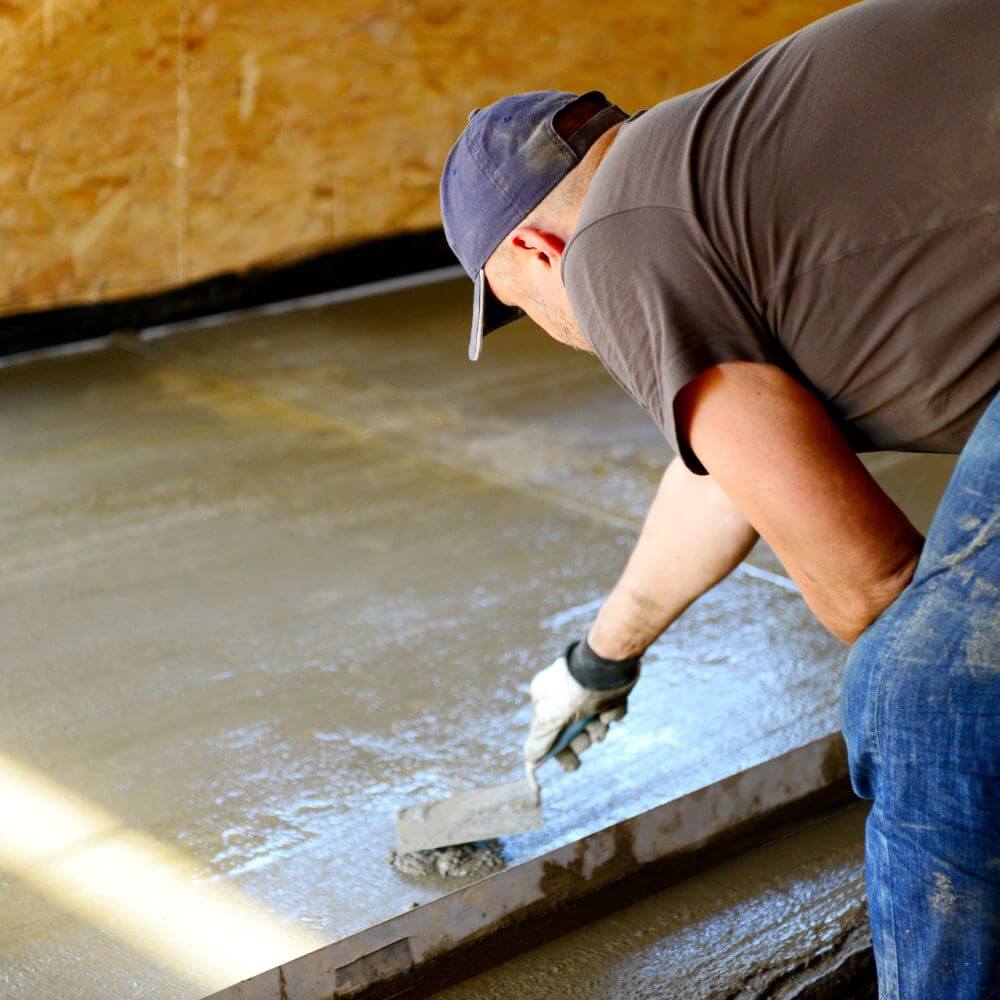5 Tips for Successfully Repair Concrete Cracks with Epoxy

If you’ve got a small crack in your concrete, it’s not the end of the world, but it can cause business operations to cease if left unattended. How can you repair it? Read on for some tips for concrete crack repair with epoxy so that your business remains safe for employees and operations.
Fortunately, small cracks in concrete are relatively easy to fix. If it is an area that sees a lot of foot traffic, you might also want to consider fixing it as soon as possible. The ongoing traffic could cause the crack to worsen. Here are some helpful tips for successful concrete crack repair with epoxy.
1. Decide what kind of concrete crack you have
Before you start any repairs, you will want to identify which concrete crack type you have on your flooring. This will help you decide what materials to use to repair the crack.
- If the crack is hairline, which is a crack that is so thin that you can only see it when the surface reflects light at an angle, the best thing to do is to repair and then seal the area with a concrete crack sealer.
- If the crack is a vertical crack that goes up and down on the surface of the concrete, you can use a concrete crack repair epoxy product.
- If the crack overlaps the concrete surface, you will want to use a repair epoxy that includes silicate because it helps prevent the spread of the crack.
2. Prep the surface and apply the epoxy
The first step for concrete crack repair with epoxy is to clean out the crack. You can do this with a putty knife or a small paint roller. Be careful not to push down into the concrete. You only want to scrape out debris in the crack.
Next, you want to apply a crack repair epoxy to the crack. If you use two-part epoxy, mix it together before applying it to the crack. If you use a one-part epoxy, apply it directly to the crack and then use a putty knife to push it into the crack.
3. Don’t forget the edging
When applying the concrete crack repair epoxy, go beyond the crack a little bit to where the crack is touching the concrete. This is known as edging. You want to ensure that you go far enough beyond the crack that the crack repair epoxy dries before it touches the concrete. Otherwise, the epoxy will eat away at the concrete, creating a much bigger crack. The epoxy should be about the width of a credit card or less beyond the crack.
4. Prepare again and add more epoxy
If you use two-part epoxy, after the first application of epoxy dries, you will have to prepare the crack again and add more epoxy. You want to ensure that you fill the crack with epoxy, so you may have to apply more than once. If you are using a one-part epoxy, you will have to wait for the first layer of epoxy to dry before you can add another layer. Make sure that the first layer is completely dry before adding the second layer.
5. Use a sealer
Seal the crack with a concrete crack sealer before it worsens. Sealing the crack keeps water and other elements from getting into the concrete. It also will provide a barrier for the concrete crack repair epoxy so that it does not leak out of the crack.
Concrete cracks are a normal part of aging for concrete. They are not a sign of poor construction or that the concrete is not strong enough to last. However, these small cracks can make your concrete less aesthetically pleasing and less functional, as water may collect in these cracks if they are not sealed. Concrete crack repair with epoxy is a great way to fix these cracks and make the concrete look good as new again!
Call Capital Industries today at 631-298-6300.


Capital Industries, Inc. is a leading supplier of commercial and industrial concrete repair products. For over 30 years, we have proudly serviced contractors, factories, warehouses and distribution centers for industrial, institutional and commercial customers. We carry a full range of concrete repair materials, including those specifically designed for low temperature areas such as freezers and coolers. Our floor repair products are rapid hardening, allowing you to reopen repaired areas with minimal downtime. All of our products are designed to be used by in-house maintenance personnel and come with an ironclad 100% guarantee of satisfaction.

